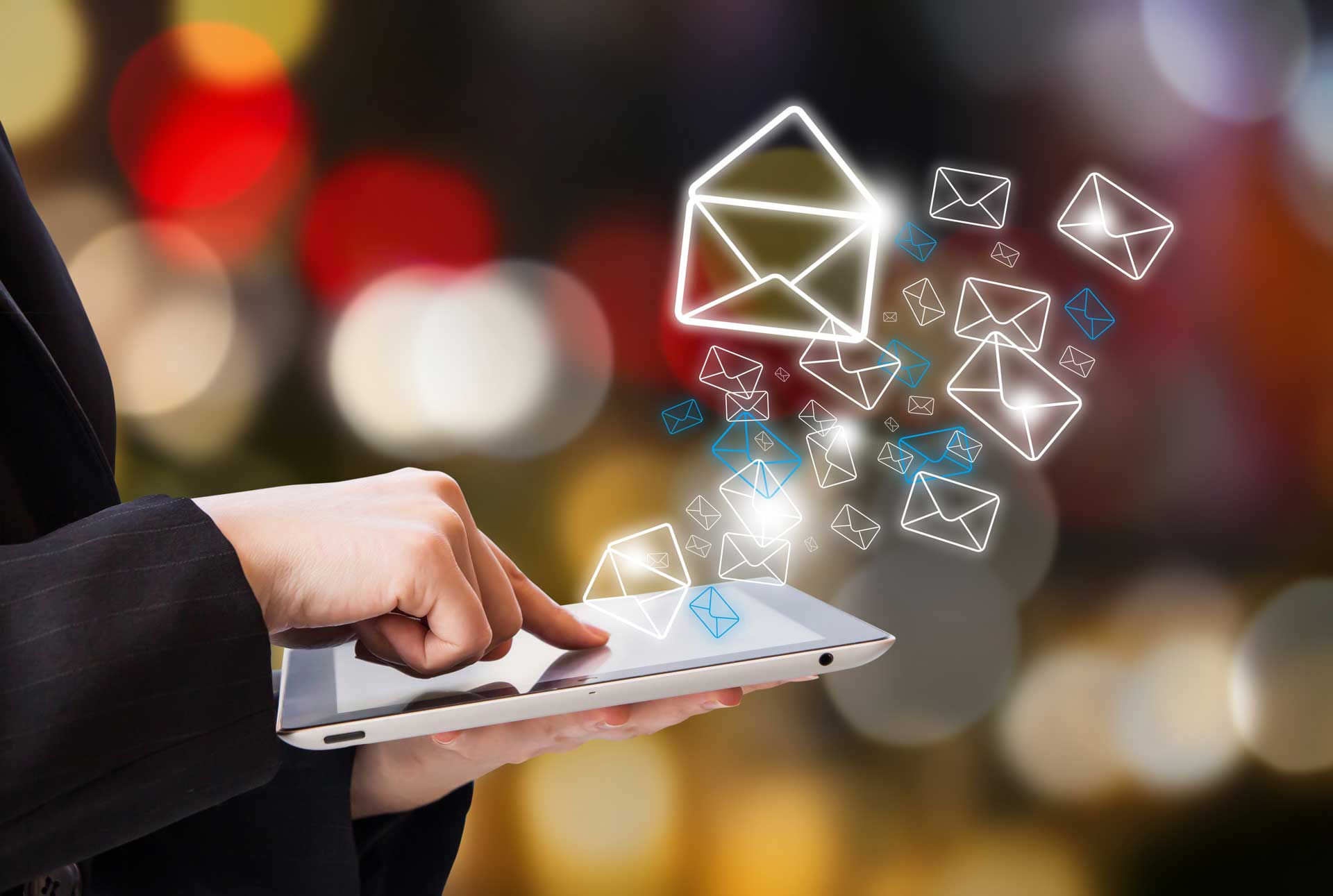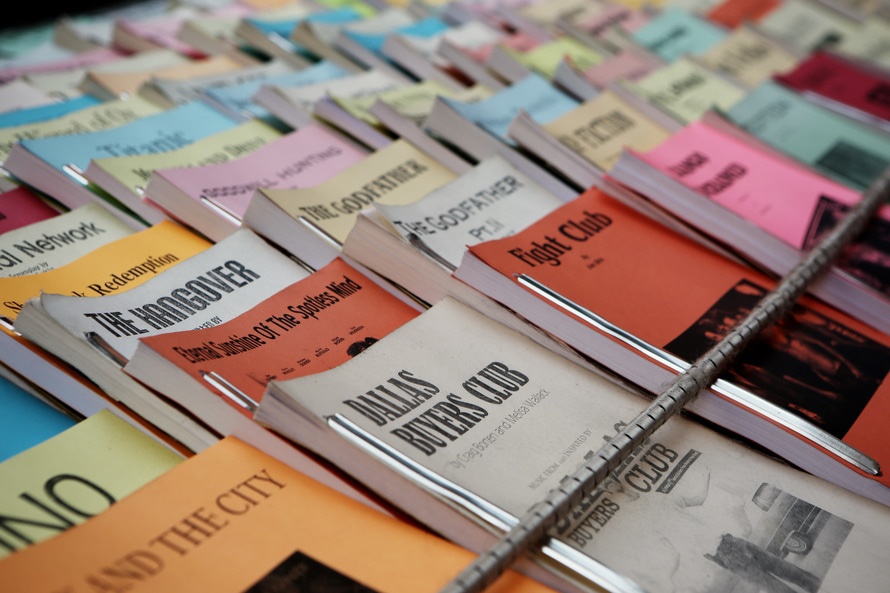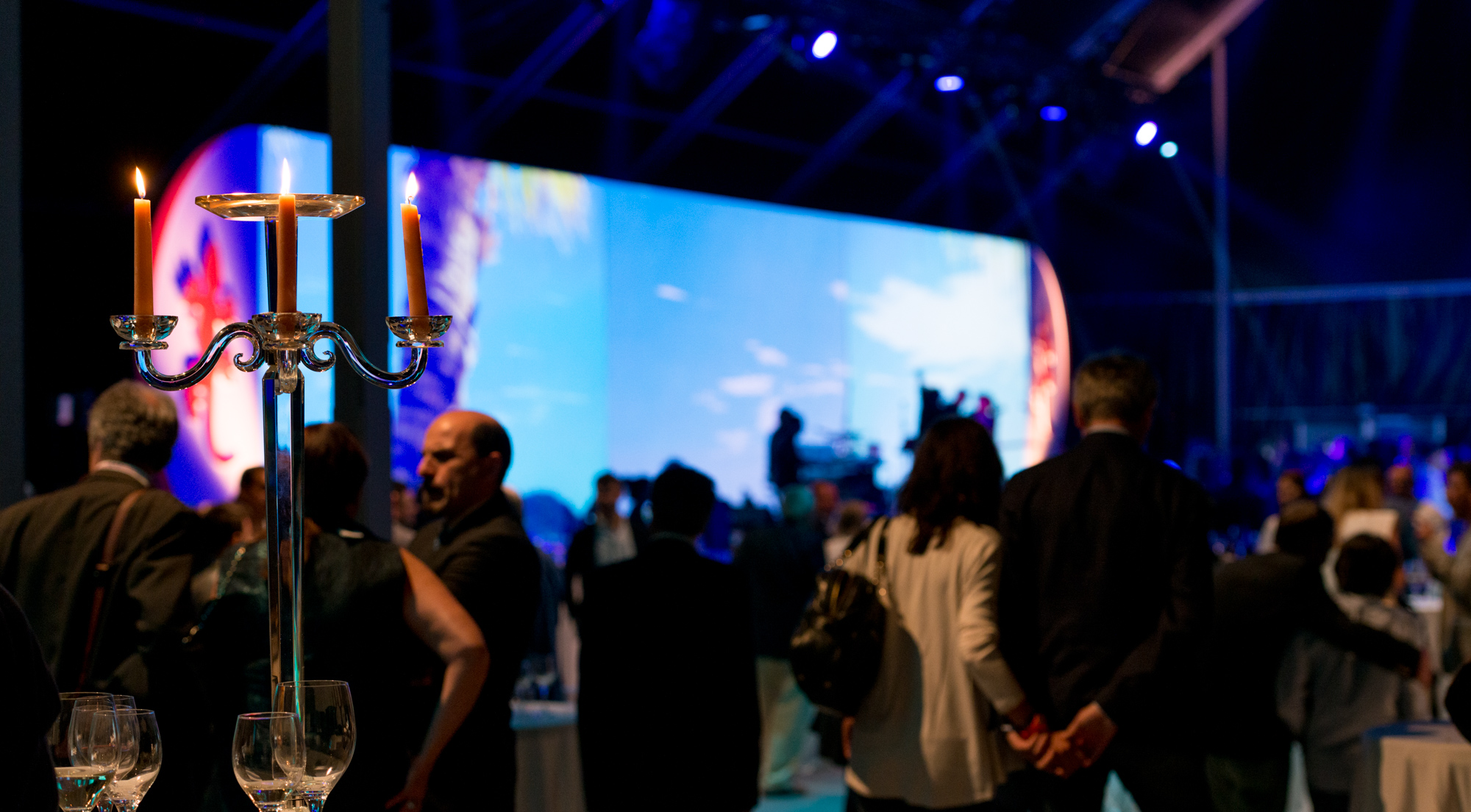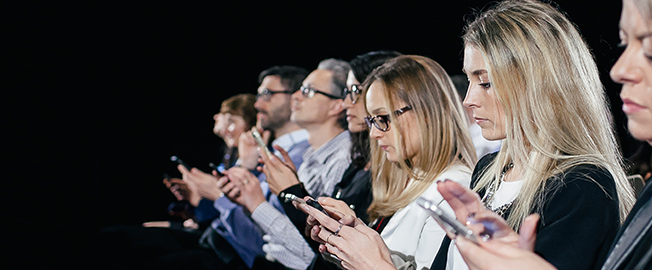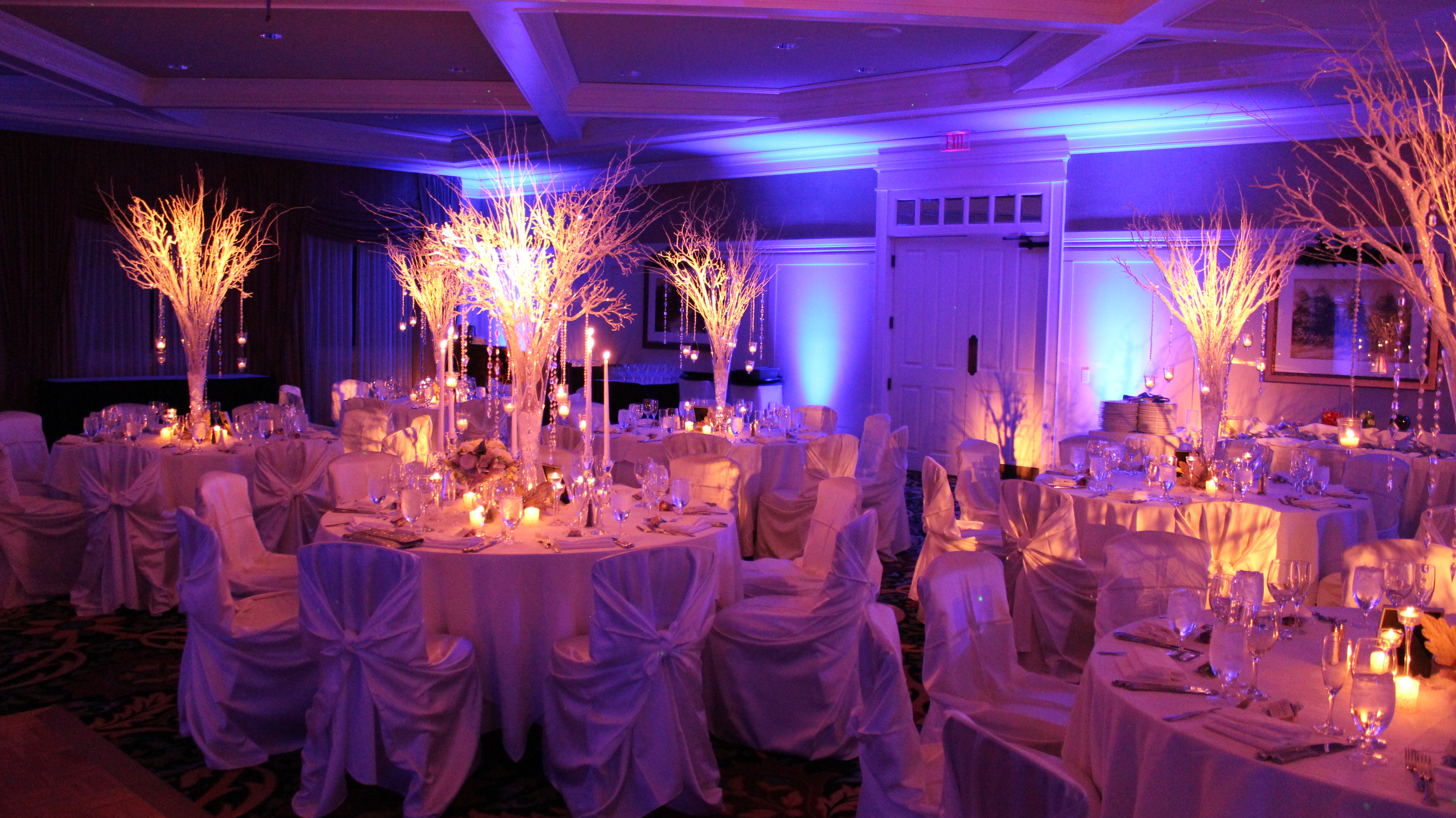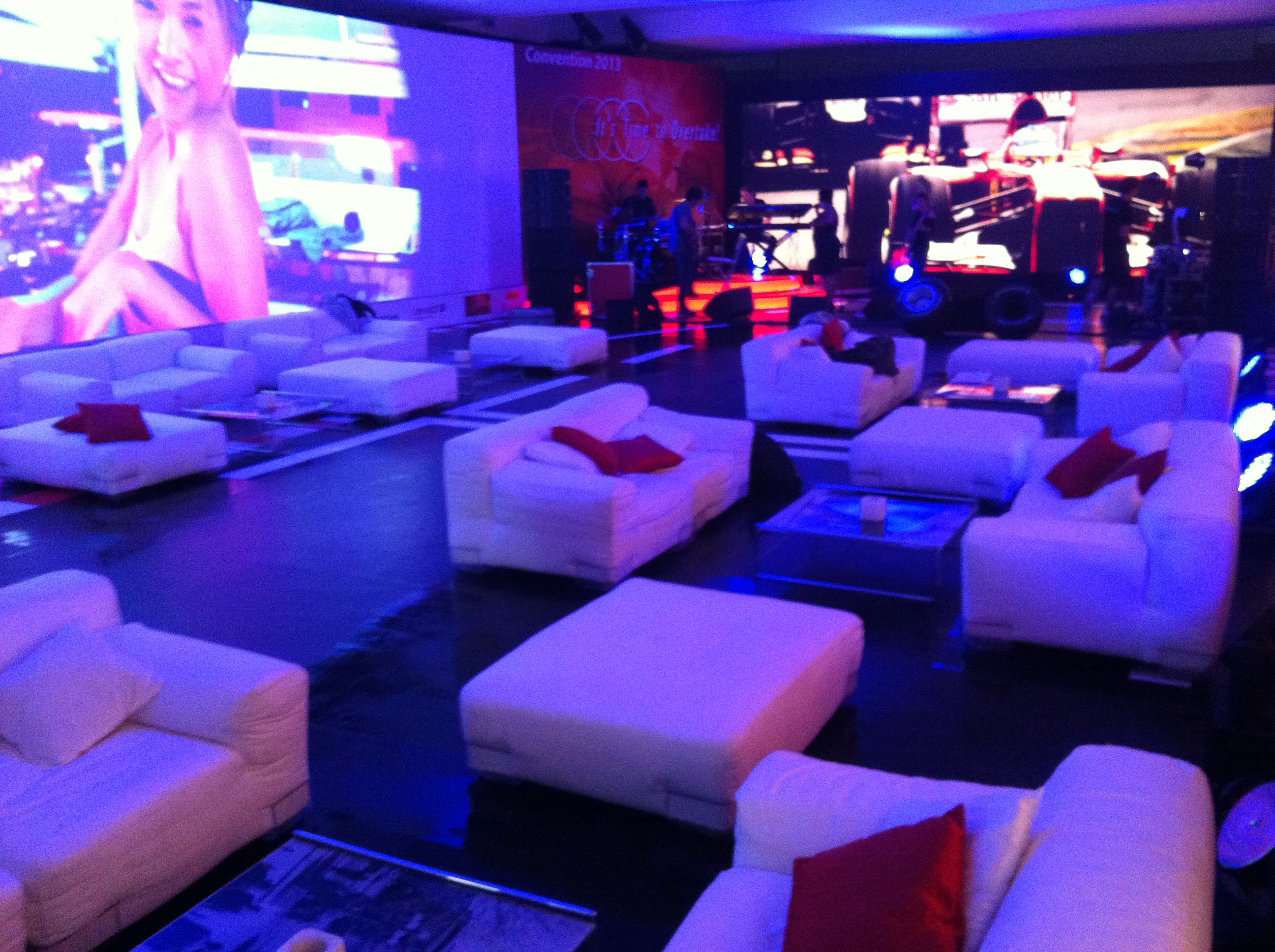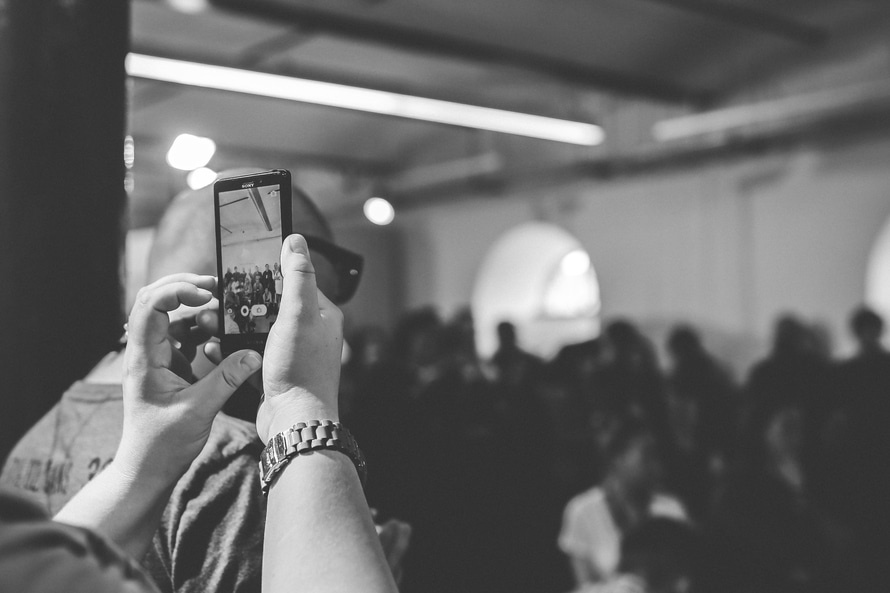If you’ve ever had to send event paperwork to attendees, you already know the pain that comes along with managing a ton of documents. Papers get lost or misfiled. Attendees forget to complete an important field or don’t write legibly.
Thankfully, modern event organizing technology offers plenty of ways to get event paperwork completed quickly and easily — and makes illegible handwriting a thing of the past.
Here are three simple ways to get your paperwork signed faster and more reliably:
1) No more chaos
There are a couple truths behind successful event organizing: people like to know what to expect, and they like things to be easy.
You can achieve both when you give attendees the early heads-up about event paperwork they’ll need to sign. This sets expectations and onboards attendees to future actions they’ll need to take.
Most importantly, introducing paperwork early on minimizes the day-of-event chaos for both event organizers and attendees. When registrants have the opportunity to receive and sign event paperwork before the event, it cuts down on day-of document chaos.
So when your big day comes, your staff will be able to focus on more pressing tasks, and your attendees can focus on having a great time at your event.
2) Time Saving
eSignatures – like traditional signatures – are a legally-binding way to sign documents online.
Compared to pen and paper signing, eSignatures come with a few extra perks. They’re trackable. They can generate reminders for documents that still need to be signed by attendees. And you usually have the option to automatically store signed copies of documents in one easily-accessible place.
Another bonus of planning an event with online paperwork? You can cut down on the redundancy of formatting paperwork. Online templates make it simple to prep once and then send as many documents as you need. This can be a huge time saver for any event organizer who’s juggling different forms for big events.
3) Make it easy
Instead of having to print, sign and fax forms, online paperwork allows attendees to sign online in a few clicks. To get the most out of online signing, though, it’s super helpful to think about mobile-friendly signing. After all, more people access the internet on mobile devices than desktops.
Luckily, most people already carry the capability to complete paperwork in their pocket.
Mobile-friendly documents make it easy for attendees to fill out, sign, and complete event paperwork from wherever they are. That way, they can use their phone or tablet to sign as soon as they’re ready—and you can get paperwork filed faster.
Don’t forget about other devices, too. Attendees and event organizers often use tablets for live, in-person signing at events.

